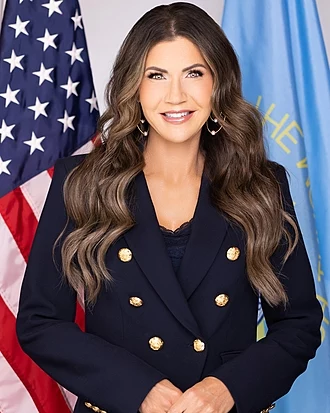
By Chad Wolf
Security DeBrief What constitutes a suspicious incident in aviation today? This is the fundamental question that led to nine Muslim passengers being kicked off an Air Tran Airways flight on New Year’s Day.
By now, we’ve all heard the series of events that transpired – several Muslim passengers were discussing airline safety and security while boarding the flight; other passengers reported this “suspicious” behavior to the flight attendant who in turn reported it to the pilot in command; the pilot, with the assistance of Federal Air Marshals, asked that all the passengers be re-screened and then refused to transport the nine passengers in question.
Put aside the pilot’s decision to refuse transport (a decision he/she is permitted to make without much outside review) as well as Air Tran’s apparent lack of customer service skills, and what remains is a regulatory requirement from the Transportation Security Administration (TSA) to all domestic and in-bound international airlines to report any suspicious incidents immediately to TSA. TSA’s purpose for this requirement is simple: to identify any individual incidents / issues that are occurring and determine if there’s any system-wide pattern or similar events taking place across the aviation system (in other words – to connect the dots).
I would argue that this is precisely why the TSA was created – to take responsibility for the security of the entire domestic aviation system. TSA is not alone in tackling this task. The agency must rely on airlines, airports and other aviation stakeholders who are also on the front lines of aviation security everyday.
However, in light of this incident, TSA and the airlines (and perhaps Congress) should examine if this regulatory requirement is being implemented in the most effective and rational manner.
TSA’s long-standing position has been that airlines should report any suspicious incident to TSA and let agency officials (and local law enforcement if needed) sort out the circumstances. TSA is serious about this requirement and has levied numerous enforcement actions (and in some cases financial penalties) against airlines that fail to report.
Should more deference be given back to the airlines? Should the term “suspicious incident” be further defined in TSA’s regulations? These are questions I’m sure are being raised in the aftermath of this incident.
Appearing on CNN the day after this event occurred, I was asked what these passengers could have done differently. There’s an easy answer to that one — don’t unnecessarily draw attention to yourself, and if you choose to discuss aviation security be aware of your surroundings. We need to keep in mind that the aviation sector remains at a high level of threat, requiring a heightened state of security. While we all may make fun of TSA procedures at home or with co-workers from time to time, we need to be aware that when we arrive at the airport, such remarks should be left at the door.




